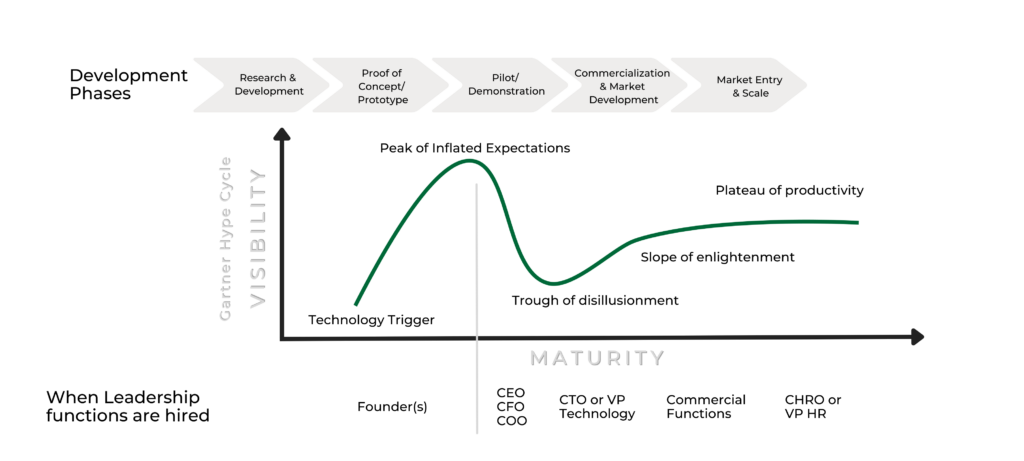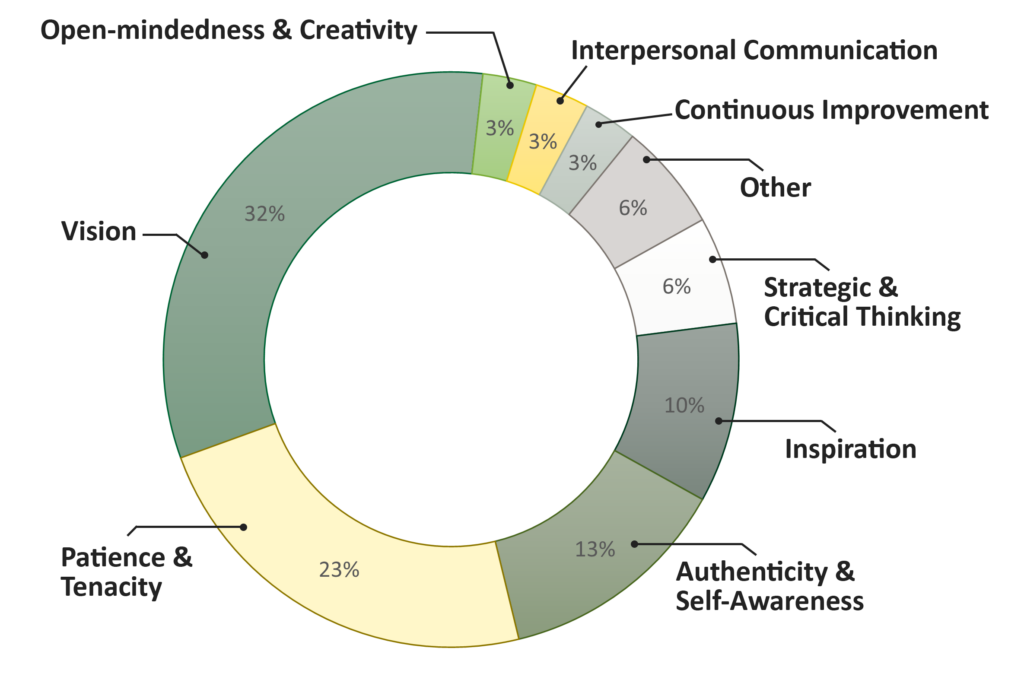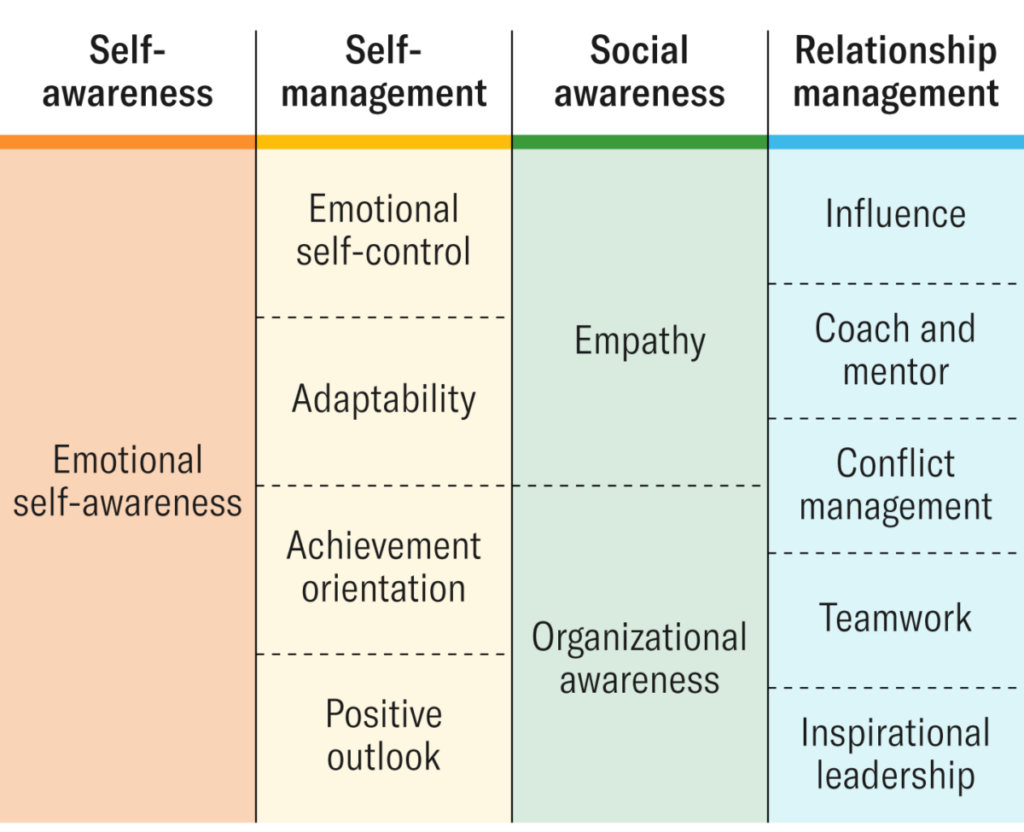Managing Directors Ed Yuhas, Lisa Johnson & Aidan Connolly contributed to this article
The challenge of transitioning leadership from a founder to a new CEO in business is a well-trodden path. The moment of passing the torch usually occurs well after the founder has established the business, hired the team, and even built a customer base. Count 15, 20 or even 30 years from the business’s formation for the moment to arrive for the current CEO to pass the baton, so the transition is well prepared, usually with a new CEO being groomed for several years.
Today’s startups and small technology businesses take the ‘founder transition challenge’ and put it on steroids. Instead of 20 – 30 years preparing for that moment, in this new world of innovation the handover decision often occurs in a matter of months, not years. A succession plan is rarely in place so how do organizations make the right choice?
First, understand that leadership transition is often necessary as a result of the company’s growth, the need to control the burn rate, productize the offering, generate sales, build out the team and more. In fact, it reflects that the organization’s journey is moving towards a traditionally structured business, with professional finance, marketing, sales, and other functions. As the company prepares to leap the J-Curve and fulfil its promise, K&R Principals have had investors comment, “when I’m being asked to invest more in a company, at some point I need an ‘adult’ in the room with the right experience.”
As startups scale, the initial excitement and buzz fades, and they enter the valley of disillusionment1. The reality of the technology performance, difficulties of scaling, and selling become apparent. Successful leadership navigates these difficulties and rebounds to discover how to build a sustainable business with returns for investors and customers alike.

The sustainable, scaled up, innovative business may look very different from the startup organization. Pragmatism becomes the order of the day, and experienced executives come to fill the primary roles of CEO, COO, CFO and more. Bringing in a new CEO is often the decision of the board, investors, and sometimes the founder themselves recognizing the need for change as the business evolves.
The ability to utilize outside groups, from consultants to search firms, at this stage becomes part of the critical success factors behind those who survive and thrive and those who don’t.
Organizations should also consider five additional critical success factors when building a team to scale a startup:
Peter Drucker told us years ago “Culture eats Strategy for Breakfast.” The past three years, 25% of our placements have joined startups or early-stage organizations. When we talk with prospective candidates, the founder’s vision on the culture that is being created is very important.
Leaders are attracted to a startup that has clarity on cultural goals. Founders who succinctly articulate the purpose and values as well as highlighting how a leadership position plays a role in the company, resonate with prospective leaders on a deeper level.
A Harvard Business Review study indicates distinctive characteristics that set successful organizations apart and attract high-performing leaders. Besides having a unique identity, the organization needs to be:
While the research indicates few organizations exhibit all seven of these attributes, high-performing organizations – and those who want to attract experienced leadership – are typically proficient at 3 – 4 which are most critical to success.
Finally, as part of attracting top talent, we’ve learned that an important factor is the organization’s work-life balance. Prospective candidates research, explore, and interview for this cultural commitment, seeking to understand how the organization considers remote work, balanced personal demands, and if there are expectations for work-life balance. While each leader determines for themselves their definition of balance, they are also working to confirm through the interview process whether their definition aligns with the organizational culture.
The pace and timeline to recruit your leadership team is also crucial. Stagger hires according to key milestones. A complete recruitment strategy can be 90-180 days to identify, recruit, assess, and close the offer with the right individual. Start the process early so the identified leader is ready to join when the milestones are met. Once a decision is made to hire, act quickly. Indecisiveness or too much time in making and negotiating an offer is one of the biggest mistakes made by organizations and can result in the loss of top talent.
Tips for Startup Organizations Attracting Experienced Leaders
Finding the candidate with a right leadership background is a must to convince outside investors that scaling is possible. An MBA and other technical credentials are a plus, but there are many soft factors also at play.
The most successful candidates for startup organizations have a strong capability-to-ego ratio. A leader of an early-stage firm needs to be smart and capable – and able to showcase humility, giving their ego a back seat.
The ideal leader will bring talents that are tactical as well as strategic and visionary and apply them without an enormous set of resources – or even a full execution team. Successful candidates should be able to share specific experiences when they inspired their team’s vision as well as times when they picked up the reins and did the work themselves.
At the World Economic Forum of Technology Pioneers, Forbes asked CEOs of innovative startups what their number one leadership trait while leading a hypergrowth startups. Vision was first, followed by patience and tenacity, then authenticity and self-awareness.

When considering soft skills, our experience aligns with Oyeniyi Faley’s, in his article Proven Qualities of Great Startup Leaders. We recommend assessing for some or all the following when looking to hire an executive for an early-stage organization.
Additionally, founders need leaders who innately practice due diligence, who enjoy fact-finding, and are self-motivated.
Assessing soft skills isn’t always easy. Leveraging third-party assessments in the hiring process will help identify the leadership potential of candidates as well as the prospective candidates’ tolerance for risk and ambiguity.
Remember, diversity also matters. The definition of diversity is vast and includes diversity of thought and experience. Founders often overvalue their personal network, bringing on people who look and think like them. Groupthink can then persist, and teams no longer make decisions in a way that encourages creativity or individual responsibility. This can leave the organization stuck with either inflated expectations or the inability to escape disillusionment.
Independent of whether you have a startup or an established company, leaders who are responsible for an organization need emotional intelligence (EI/EQ) as much as they need traditional intelligence (IQ). According to this article from the Harvard Business Review, EI includes self-awareness, self-management, social awareness, and relationship management. Essentially, EI is a skill that requires more than a handle on data and deliverables.

As startups and early-stage organizations work from the peak of inflated expectations through the trough of disillusionment towards productivity, all leaders will need to lean on their emotional intelligence to manage the unsteadiness of the inevitable and frequent transitions.
Successful startups organizations don’t have static leadership roles. Leaders are often brought in to hit critical milestones. Organizational charts are evaluated every six to 12 months to ensure longer-term business potential. This continuous refinement is a key to success. And at times, even the founder may need to really reflect on their strengths and weaknesses and consider making a change to their role within the organization.
Startup organizations win when the leadership team evolves with the business. Executive recruiting for startups and early-stage leadership doesn’t end with the first placement.
Scaling innovations requires disruptive leaders who understand markets and deliver rapid adoption.
For startup organizations, the founder transition challenge is real. Bridging the gap between the founder’s vision and the scaled organization is complex at best, requiring the right person in the right role at the right time.
For organizations approaching this transition period, the human capital strategy becomes just as important as the go-to-market strategy. Addressing leadership needs based on the lifecycle of the organization is often the difference between a startup or early-stage organization maturing or falling short.
Resources:
1Development Phases and Gartner Hype Cycle